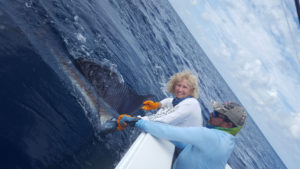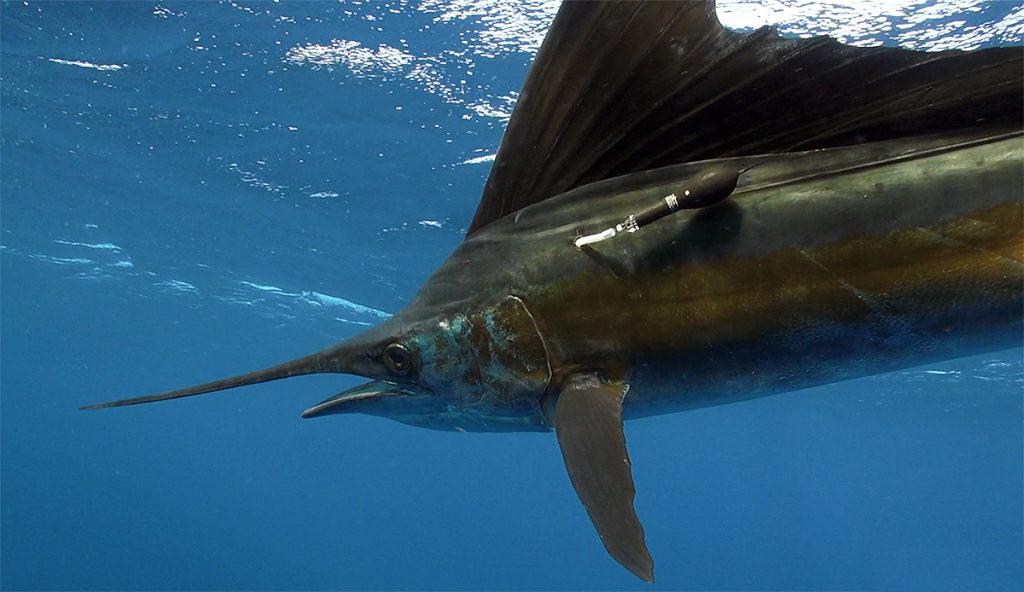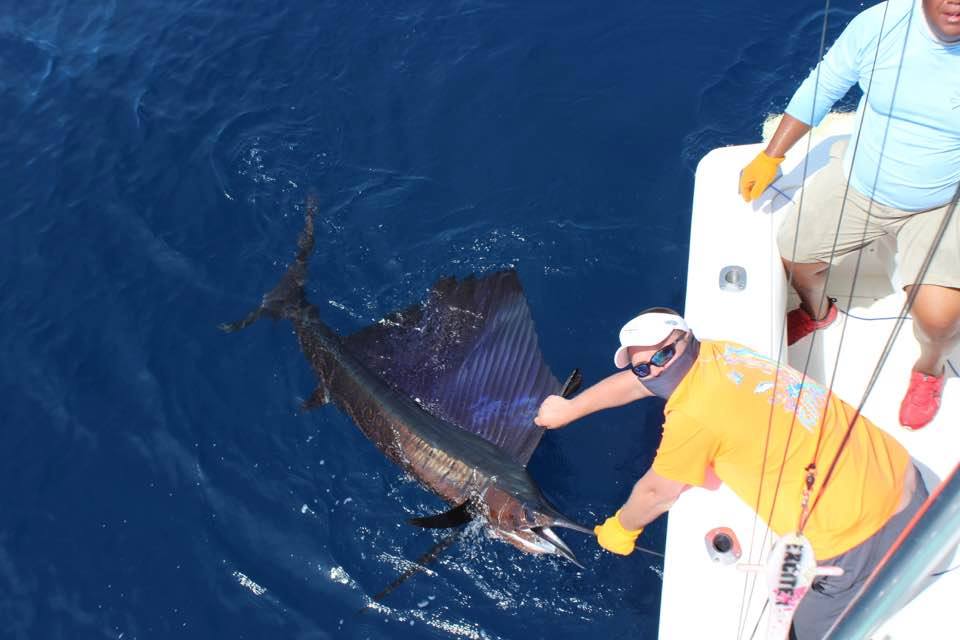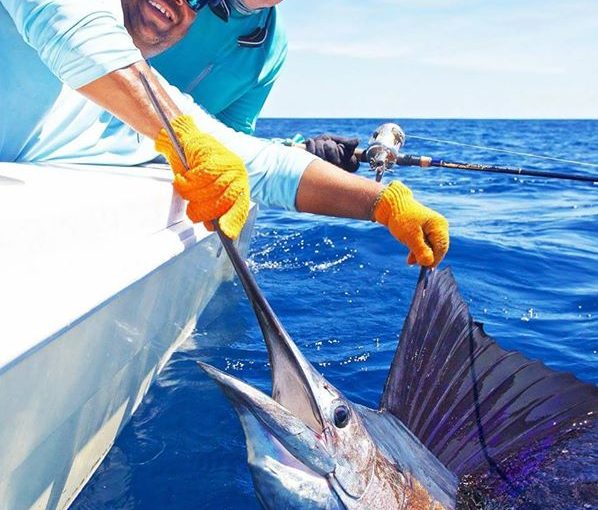Why a Costa Rica Sailfish is Worth More Alive than Dead
Sailfish do much more than put a smile on the faces of anglers, they have a major impact on Costa Rica’s economy
Article courtesy www.larepublica.net
A study carried out by the Research Institute of Economic Sciences of the UCR, reports that in 2008 Costa Rica sport fishing as an economic activity contributed approximately $ 599.1 million, which represents 2.13% of the Gross Domestic Product (GDP) of our country (2008).

Another study by Southwick Associates Inc. estimated that “271,200 United States residents fished in Costa Rica” during 2009. Of those 271,200 Americans, 40% said they would not visit Costa Rica if they had not been able to fish. This means that in 2009, Costa Rica would have received 110,690 fewer visitors, which represents a loss of $ 128.7 million.
Fortunately, ten years later, Costa Rica continues to be a world-renowned sport fishing destination. However, our ability to retain the Costa Rica fishing segment is at risk due to mismanagement of species of sporting interest, such as sailfish, tuna and marlin.
This risk forces us to know in depth the contributions related to our economy of sport fishing and commercial fishing because both seek to extract the same species.
Therefore, it is necessary to reiterate the need for a strategy of integral management of species such as sailfish (Istiophorus platypterus) and blue marlin (Makaira Mazara) that seeks to maximize the creation of socio-economic value through the conservation of the fishing resource and the sustainable development.
For example, one day of sport fishing aboard a Costa Rican boat generates about $ 1,000, while one kilo of retail sailfish only around 1,776.6 colones (about $4). A good day of sport fishing consists of 10 sailfish caught and released alive, while a good day of commercial fishing consists of extracting these same sailfish to be sold at a very low commercial value.

The sport fishing sector provides formal and stable jobs, generates commercial clusters that benefit entire communities such as Herradura, Quepos, Golfito and Papagayo. Courtesy / La Republica
The sport fishing sector provides formal and stable jobs, generates commercial clusters that benefit entire communities such as Herradura, Quepos, Golfito and Papagayo, and additionally guarantees the conservation of species of tourist interest. Its tradition of capture and release has high survival rates, and the technical advances in the tools used in the capture have allowed to reduce the damage of these species to a minimum.
That is to say, the sport fishing is a sustainable model that includes the three fundamental axes: society, environment and economy.
In general terms, it is evident that the effect on employment and the economy is greater in the case of sport fishing than in commercial fishing and requires strategic attention.
Even, there is a great opportunity in this sector that we have not taken advantage of. Currently we only attract 3.6% of the fishing tourist population of the United States, while other countries such as Mexico manage to attract more than three times, thus generating profits well above ours.

It is clear that we must strengthen and develop the sector in such a way that we are able to attract more numbers of sports fishermen.
In conclusion, it is necessary that the commercial fishing sector and the sport fishing sector be complementary in order to maximize the opportunity of creating socioeconomic value for the country.
We can not risk losing the many benefits of of sports fishing tourism to Costa Rica
For Costa Rica, the opportunity is magnificent.
Enter your email below to receive more information regarding sustainable sport fishing projects and news from FECOP
[yikes-mailchimp form=”1″ submit=”JOIN FECOP”]
Related Articles
Costa Rica is One of World’s Top Sailfish Destinations
How to Catch Yellowfin and Bigeye Tuna in Costa Rica
Costa Rica Sailfish for Dummies
Costa Rica Fishing Species – Sailfish
FECOP to Assit in Tagging Marlin and Sailfish






















